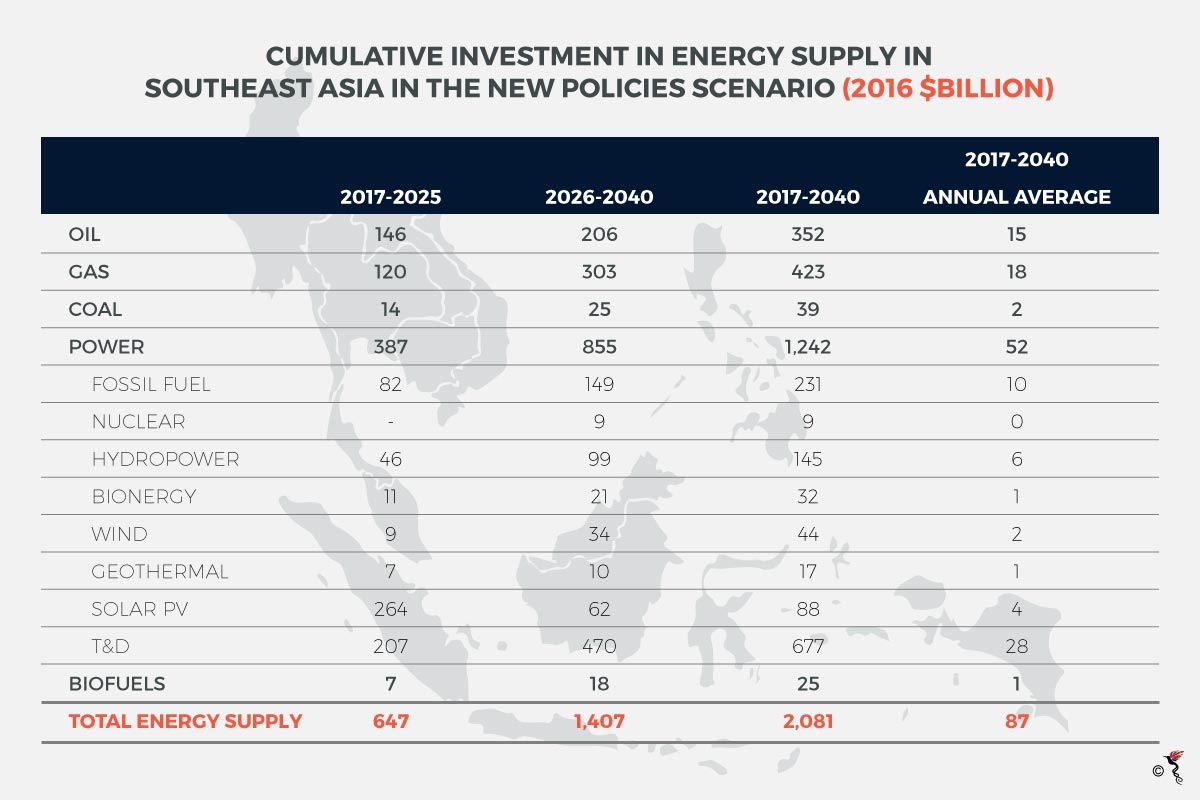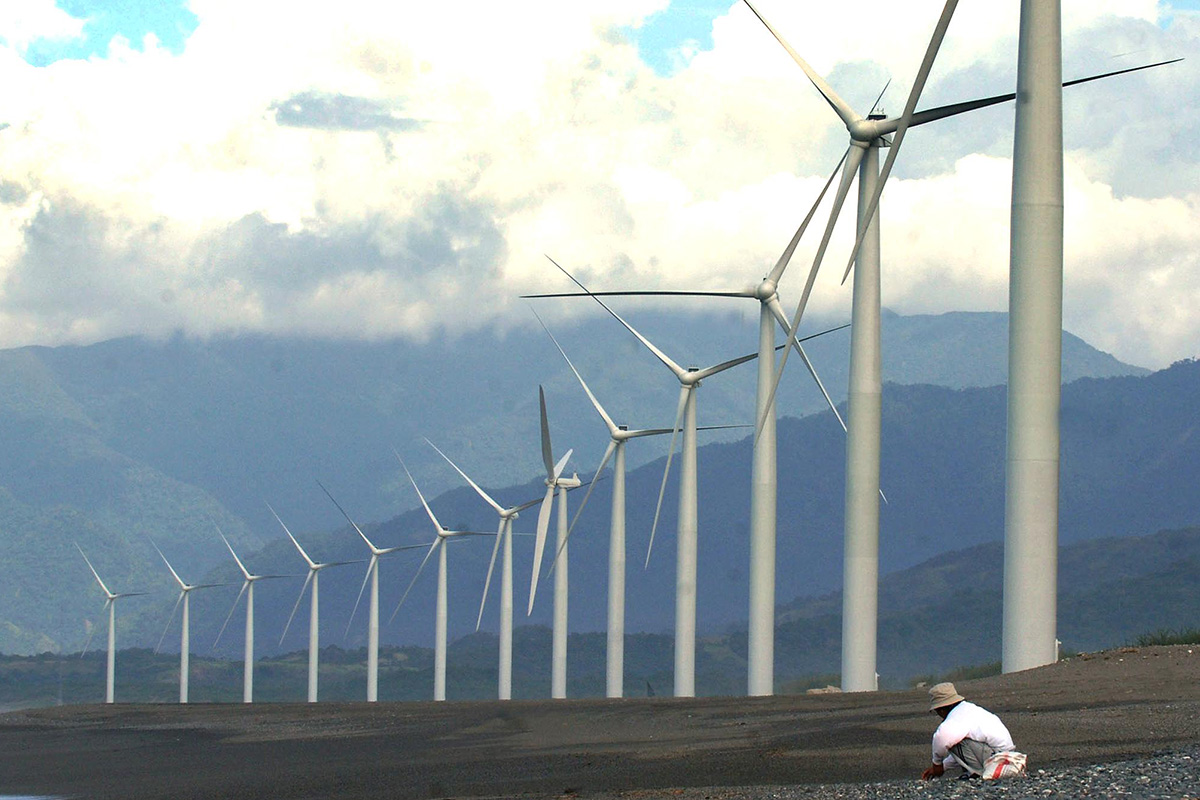The Association of Southeast Asian Nations (ASEAN) has set an ambitious target of securing 23% of its primary energy from renewable sources by 2025 as energy demand in the region will grow by 50%. According to the International Renewable Energy Agency (IRENA), it is stated that this objective entails a “two-and-a-half-fold increase in the modern renewable energy share compared to 2014.”
With the rapidly declining cost of renewable energy such as wind and solar photovoltaic (PV), the Southeast Asian region has been given a golden opportunity to meet the immense electricity demand in a cost-effective and sustainable manner.
The Southeast Asia Energy Outlook 2017 report has stated that through this, local manufacturing industries will also be able to grow. For example, Malaysia is already the world’s third-largest producer of photovoltaic cells, while investment in Thailand’s solar manufacturing industry is increasing PV output for global markets. By deploying more renewable energy in the region, the economy of these countries can be further strengthened.
Of course, with every opportunity and potential, comes challenges. The challenge for ASEAN today would remain within the lines of how the new target is to be implemented and achieved. IRENA suggests that doing so “will require an understanding of what can individual countries contribute, what can different sectors contribute, and what are the costs and benefits of different technologies.”
Rising energy needs and changing supply-demand dynamics are creating tough challenges for Southeast Asia’s policy-makers. Despite the opportunities partly created by appropriate policies, there are challenges that need to be resolved by the region as a whole.

Source: Southeast Asia Energy Outlook 2017
Key challenges
It is no doubt that the development of renewable energy projects in the region can be expensive for most ASEAN countries. Unfortunately, this situation is not matched with adequate policy support which makes it a bigger challenge to deploy renewable energy in the region.
The ‘Renewable Energy Investment in ASEAN: Opportunities and Challenges’ report states, “..financial access is especially important since most of the renewable energy projects are usually capital-intensive. “
It also states that currently there is a lack of experience and expertise in some ASEAN member states, particularly in Malaysia, Indonesia, and Vietnam, in evaluating the risk of renewable energy investment.
“To a large extent, the lack of financial support and channels, including the availability of public funding support, has made the renewable energy sector a relatively an unattractive sector to invest in.”
Another challenge posed to ASEAN which must be considered by respective project developers are geographical and technical conditions. “The lack of proper policy to regulate land use and environmental impact of renewable energy technology production is also considered as one of the challenges in developing renewable energy projects in ASEAN,” the report states.
Specific to Indonesia and the Philippines, limited infrastructure capacity is another challenge that hinders effective renewable energy deployment, in regard to electricity transmission. This is because both countries have an archipelagic nature which results in electrical grids being fragmented.
Apart from that, the lack of regulatory framework is another hurdle to the development of renewable energy projects. For example, Brunei has no clear specific policy framework which regulates renewable energy development and is currently only being studied. Another example would be through Lao whereby there is a lack of coordination amongst government agencies and private sectors which “hinders effective implementation of the country’s renewable energy priorities and policies,” the report added.
Other factors that contribute to this challenge would be complex bureaucracy, in the case of Indonesia whereby the State Electricity Company - Perusahaan Listrik Negara (PLN) - monopolises the transmission, distribution and system operation of electricity, and dominates the electricity generation market in both countries which inhibits interests of potential investors.
Last but not least, the lack of awareness and public support also contributes to the challenges faced by ASEAN in the development of the renewable energy sector in the region. Minimum use of renewable energy technologies is particularly evident amongst land and building owners, industrial players, car owners, and others. This could be due to the present void of public awareness about the potential benefits of renewable energy towards environment conservation for a cleaner, greener future.
Recommended stories:
